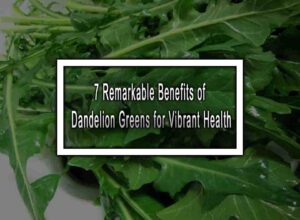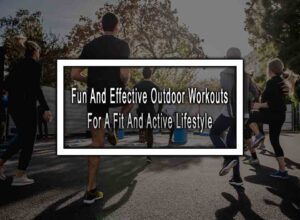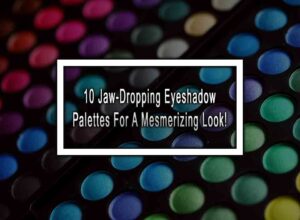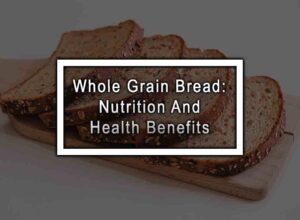Table of Contents
ToggleGetting to the Vein of the Matter: An Introduction to Understanding Varicosities
In the world of health and wellness, varicosities aren’t a household term. Yet, they’re a common condition that affects many people worldwide. Known commonly as varicose veins, these unsightly bulging veins are more than just a cosmetic issue—they can cause discomfort and lead to more serious health problems if left unattended. This comprehensive guide sheds light on varicosities, exploring the causes, symptoms, and most importantly, the effective treatments available for those affected.
What are Varicosities?
Varicosities, or varicose veins, are enlarged, swollen, and twisting veins often appearing blue or dark purple. They occur when faulty valves in the veins allow blood to flow backward or pool, often forming in the legs due to the pressure of body weight, gravity, and the task of carrying blood up to the heart.
Common Causes and Symptoms of Varicosities
The development of varicose veins is often linked to age, genetics, obesity, pregnancy, prolonged standing, hormonal changes, or a prior history of venous diseases. Symptoms can vary, with some people showing no signs at all. For others, varicose veins can cause an aching pain, heaviness, and fatigue in the legs.
Exploring Different Treatment Options for Varicosities
Fortunately, varicosities are treatable. The most appropriate treatment option depends on the size of the varicose veins, symptoms, and personal considerations, ranging from self-care strategies to surgical alternatives.
Lifestyle Changes and Self-Care Methods
The initial plant to combat varicosities involves lifestyle changes and self-care methods. These include regular exercise, elevating the legs, maintaining a healthy weight, and avoiding long periods of standing or sitting.
Medical and Surgical Treatment Options
In severe cases, medical or surgical interventions may be necessary. Sclerotherapy, endovenous laser treatment, and vein stripping are among the popular treatments available.
Newer Techniques and Therapies
The healthcare industry has seen advancement in the treatment of varicosities. Treatments like endovenous superglue (cyanoacrylate) and mechanochemical endovenous ablation (MOCA or ClariVein) are proving to be highly effective alternatives in vein removal.
Conclusion
In conclusion, varicosities aren’t simply cosmetic imperfections but signaling potential underlying health issues. Being aware of the causes, recognizing symptoms, and understanding the available treatment options is crucial for managing this common condition. Remember, a little knowledge goes a long way in achieving optimal health. Whether you’re seeking advice for the prevention or treatment of varicose veins, rest assured that advancements in medical science offer promising solutions, allowing individuals suffering from varicosities to lead more comfortable, and healthier lives.
Varicosities FAQ
Here are the most common questions about the varicosities.
1. Who is at risk for varicosities?
Varicosities are more common in women, people over the age of 50, people who are obese, and people who have a family history of varicose veins.
2. What are the symptoms of varicosities?
Symptoms of varicosities can include pain, swelling, heaviness or aching in the legs, itching, and the appearance of bulging veins.
3. What are the treatment options for varicosities?
Treatment options for varicosities range from conservative measures to more invasive procedures. Conservative treatments include lifestyle changes (exercising, weight management, leg elevation), wearing compression stockings, and using over-the-counter pain relievers or topical creams. If conservative measures fail to relieve symptoms or if the varicosities are severe, medical procedures such as vein stripping, laser treatments, sclerotherapy (injection of a solution), or endovenous ablation may be recommended.
4. Can varicosities be prevented?
While there is no guaranteed way to prevent varicosities, lifestyle changes such as maintaining a healthy weight, exercising regularly, avoiding long periods of standing or sitting, and elevating the legs can help reduce the risk of developing varicose veins.
5. Are varicosities dangerous?
In most cases, varicosities are not dangerous, but they can be uncomfortable and unsightly. However, in rare cases, they can lead to more serious complications such as blood clots or ulcers.












